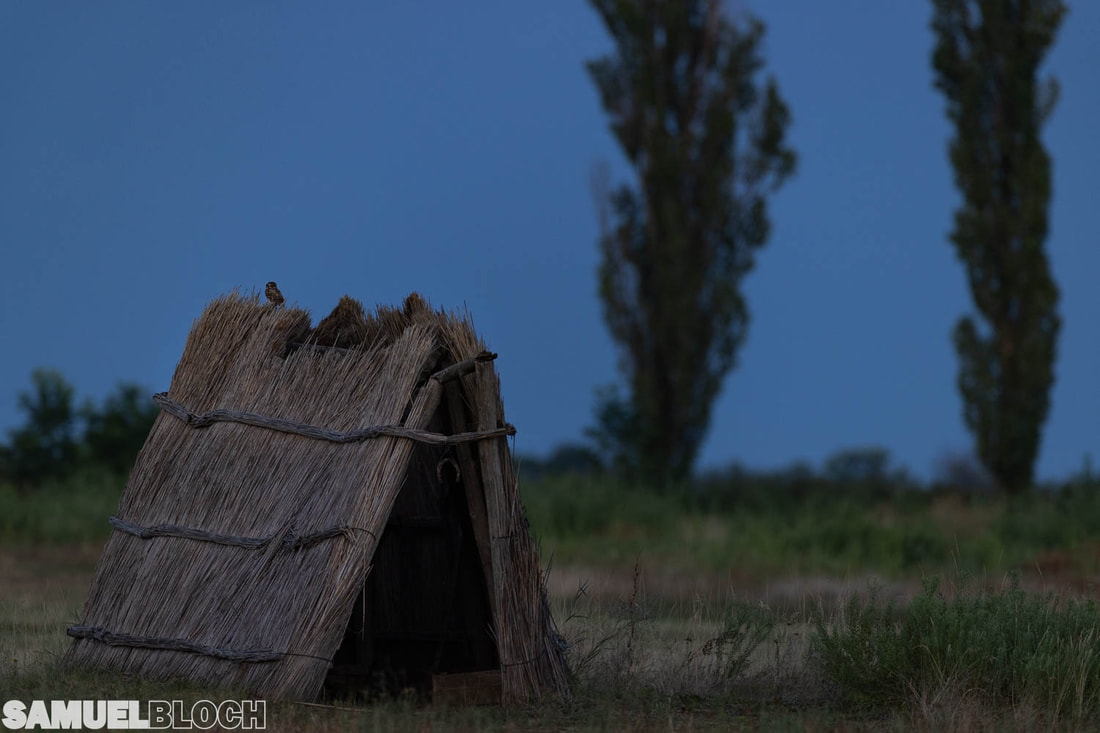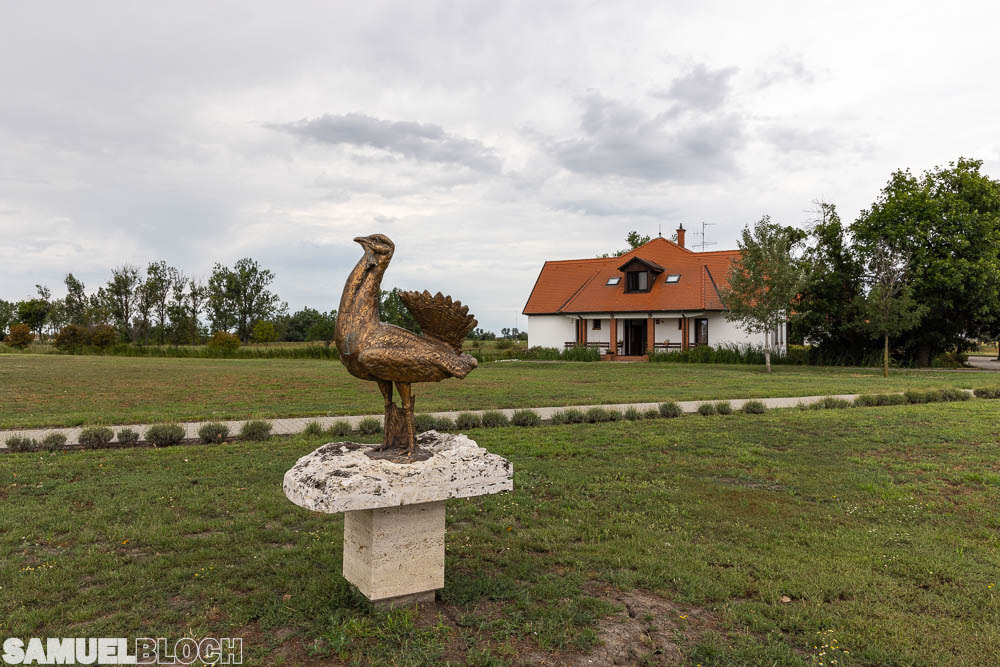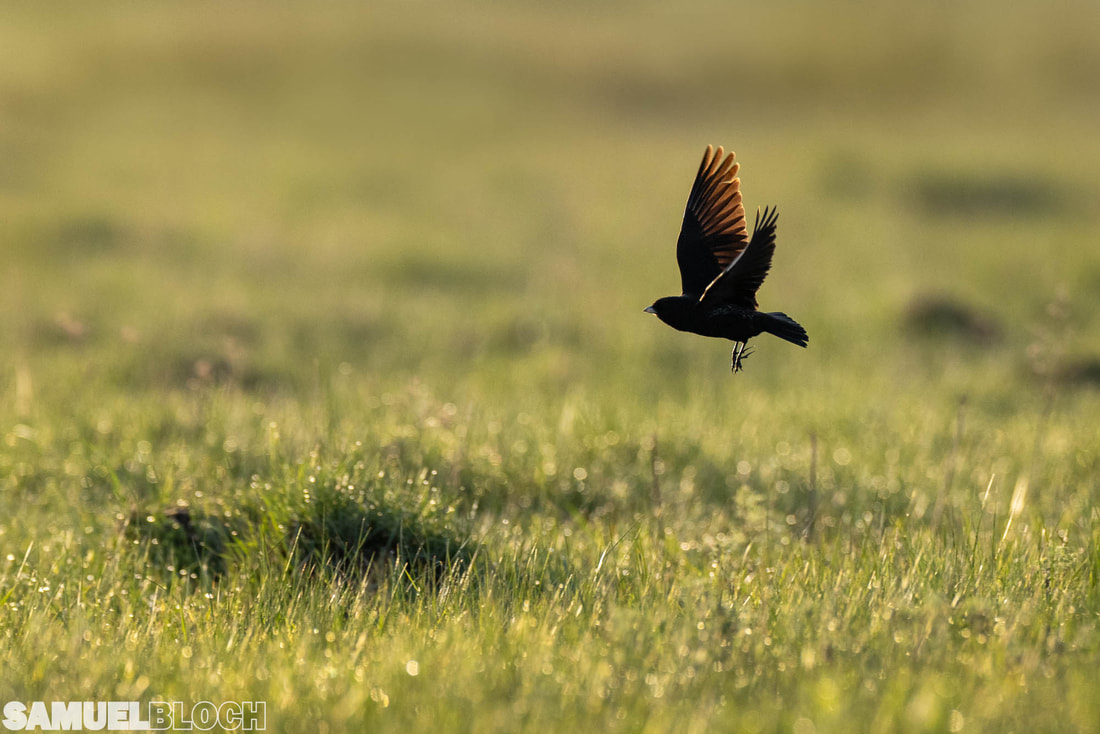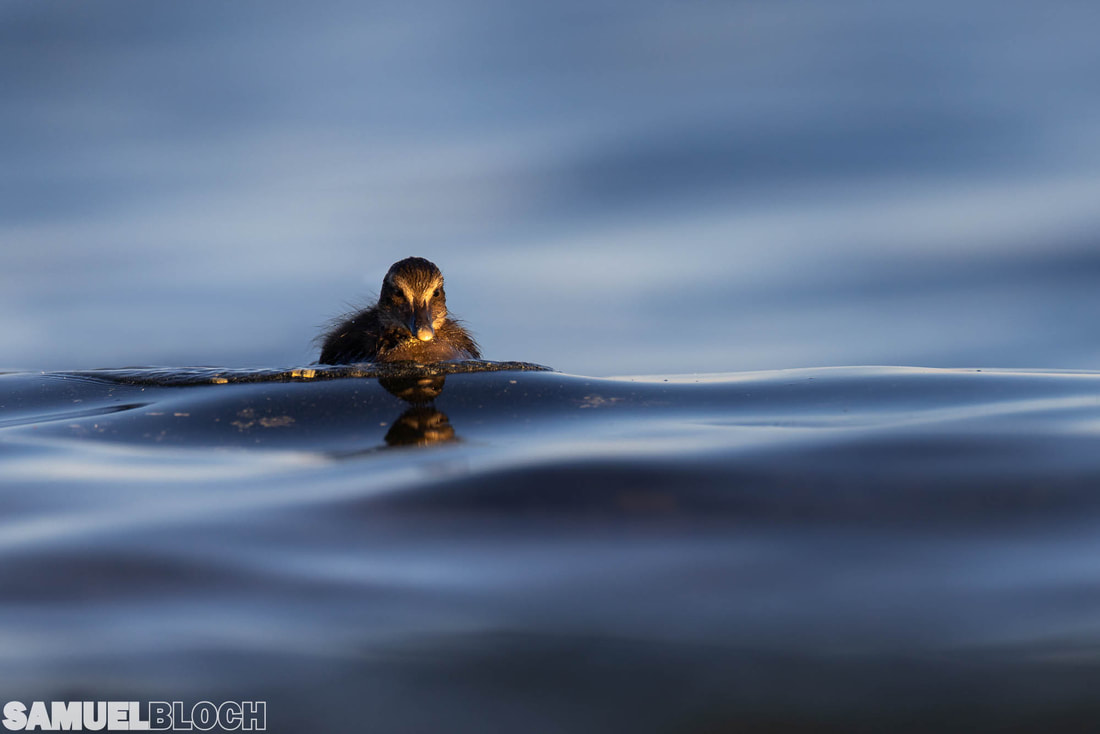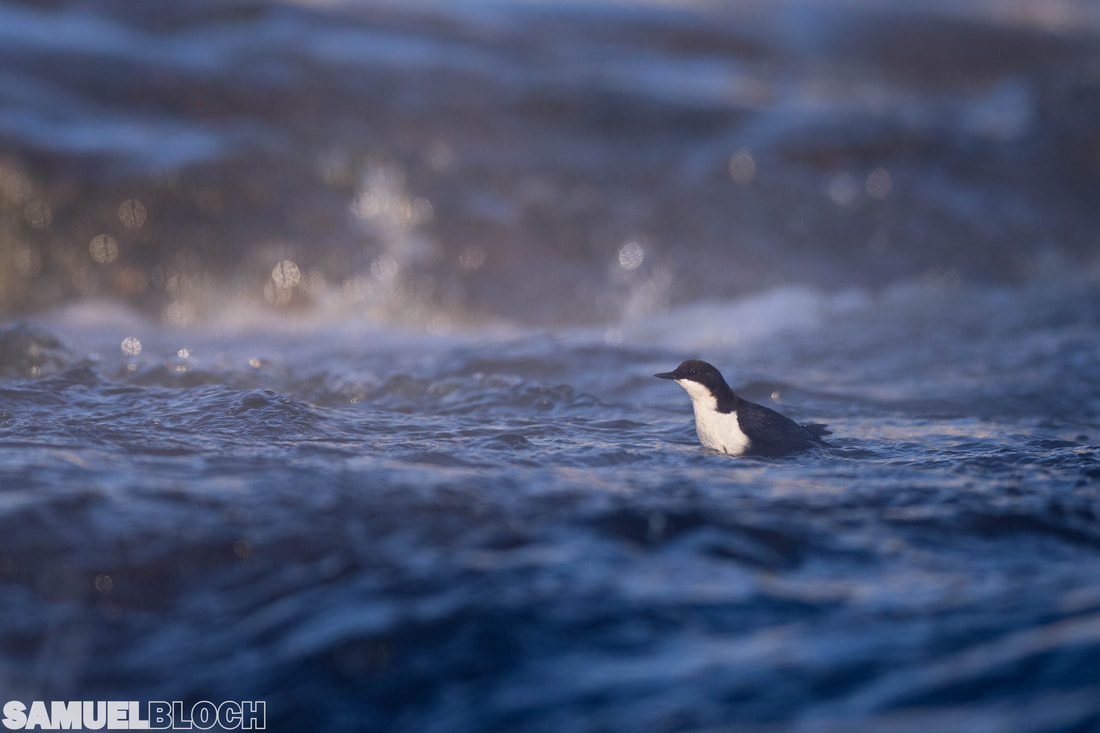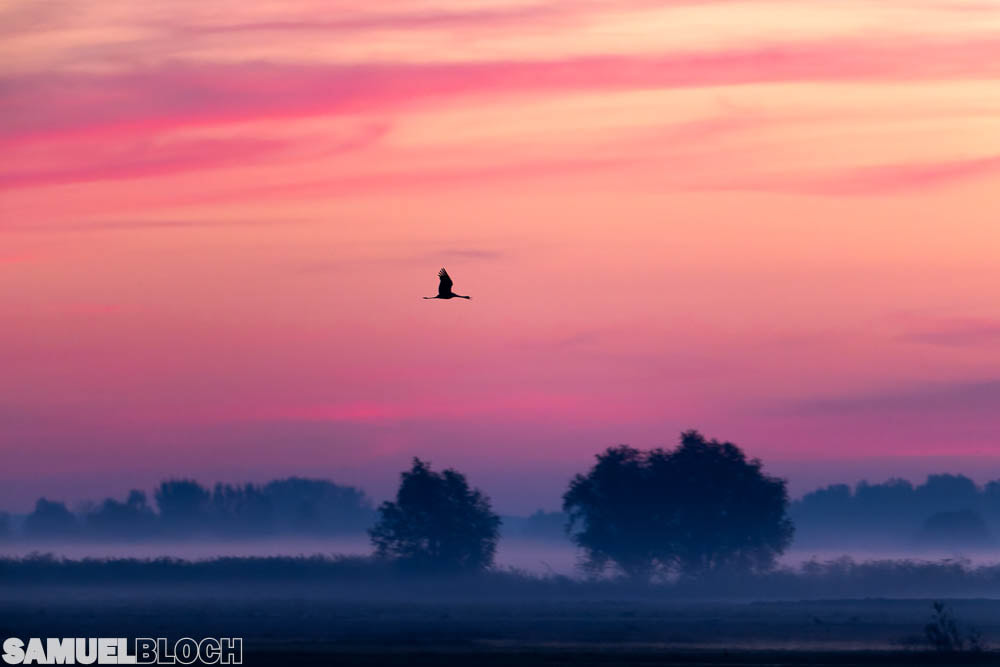|
You will probably not be surprised to hear that Finnish weather is wild... but did you know that, in Helsinki, we had 20 cm of fresh snow on April 23rd this year?
Every spring, we are fooled by one Fool's Spring (well, at least one), when it feels like we're turning the tide and cold/snowy/icy days are behind us. After it comes a Takatalvi, a returning winter. This cycle repeats for a while, until summer actually arrives, often in an abrupt manner (today is May 31 and we have 28ºC outside). So much snow on April 23rd is quite rare, but you get the idea. After a long winter, people are longing for warm days... but they are usually further ahead than we hope. However, I must say I enjoyed the last takatalvi episode. Maybe I was the only one, but I had a blast! You see, winter in Finland is a quiet time for nature: all water birds have left because their hideouts are frozen, all insect eaters are gone because insects have died... there's activity around bird feeders, snowy landscapes are magnificent, but it gets a bit boring. However, when the last snow came this past April, there were lots of birds in the neighbourhood! They surely wondered what was happening to them, but I enjoyed photographing them in such unusual surroundings.
2 Comments
In the last post, I told you the tale of my visit to Dévaványa, in south-eastern Hungary. I mentioned the Greast bustards and the imperial eagles, but there's one thing I left out.
As the sun set, I heard a call I used to be familiar with, one not unlike that of a yelping dog: a Little owl (Athene noctua)! When I still lived with my parents in France, we often heard them, and sometimes saw them perched on the neighbour's house. They've always shunned the nesting box we installed in the garden, but they were there. It's not a species we have in Finland, though, so hearing them again that day was a treat. If you've followed me for a while, you know there's a bird in Hungary I'm absolutely passionate about: the Great bustard (Otis tarda). This great "chicken", the heaviest flying bird in Europe, is a threatened species, but it's also an icon of the Hungarian Great Plains and is the subject of a preservation plan.
As I do for all my projects, I did some background research on the topic, and discovered something very interesting: in the south-eastern part of the country, there is a captive rearing program that collects eggs at risk, hatches them and releases the chicks into the wild. Intrigued, I scheduled a trip there in August with my friend Marci. In May, I led my second (and probably last) floating hide photography workshop in Korgalzhyn, in the steppe of nothern Kazakhstan. If you're a regular reader, you've seen a few pictures already, but here is a fluffier gallery. Compared to last year, I spent more time in the water, and less time in the grasslands... and in hindsight, I wish I had done things a little differently. But in any case, through the fun and the hardships, I came back home with an exciting portfolio that showcases several aspects of life in the steppe.
Here we go! I visited Suomenlinna several times in the beginning of June. Among the geese and the wheatears, one bird I didn't expect to shoot was the Common eider (Somateria mollissima). Sure, I've seen the species from there, but never close to shore. These times, however, I was lucky to get close and personal with a group of mothers collectively caring for their babies in what's called a crèche (from the French word for kindergarten). Baby eiders immediately leave the nest after hatching, and while some mothers care for them on their own, they often either abandon their brood in a crèche, or join it and care for them and others with other eider moms.
White-throated dippers (Cinclus cinclus) are common winter visitors to southern Finland. Many of the rapids in the region host a dipper (or more) for the season, usually attracting viewers and photographers: this species is a crowd favourite! I can totally understand that, seeing them plunge into cold water without breaking a sweat is a mesmerising spectacle for me too.
I have a secret spot, out of the city, which not many visit. I was there on a sunny February morning last winter. For a few hours, I sat in the snow and moved my toes inside my boots, but having two dippers chasing each other in front of me was well worth enduring such cold conditions. I hid under winter camouflage so the birds couldn't spot me, and it worked like a charm: they sometimes came very close! I regularly travel to Hungary because Vivien, my girlfriend, comes from there. Fortunately, her parents live near Kiskunság National Park, where the largest population of Great bustards (Otis tarda) of the country can be found. Needless to say, those endangered big chickens have become quite an obsession of mine!
In October, I had some fantastic days in the field which I want to tell you about. Ladies and gentlemen, follow the guide :D |


